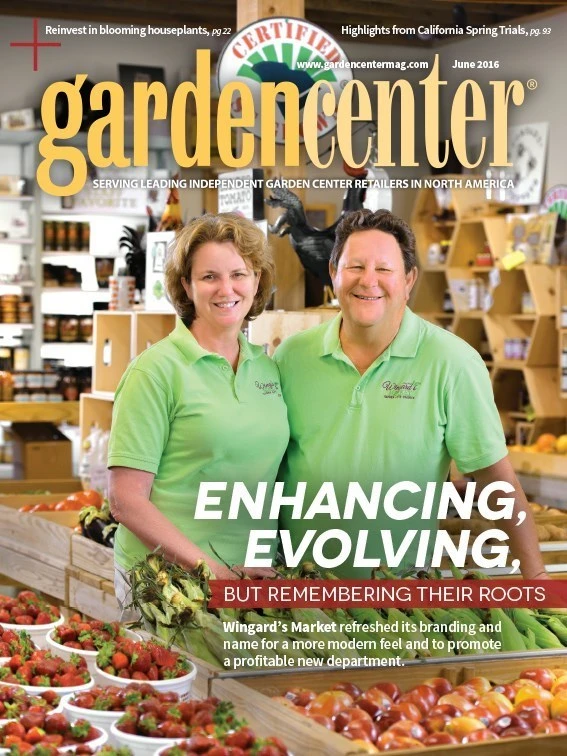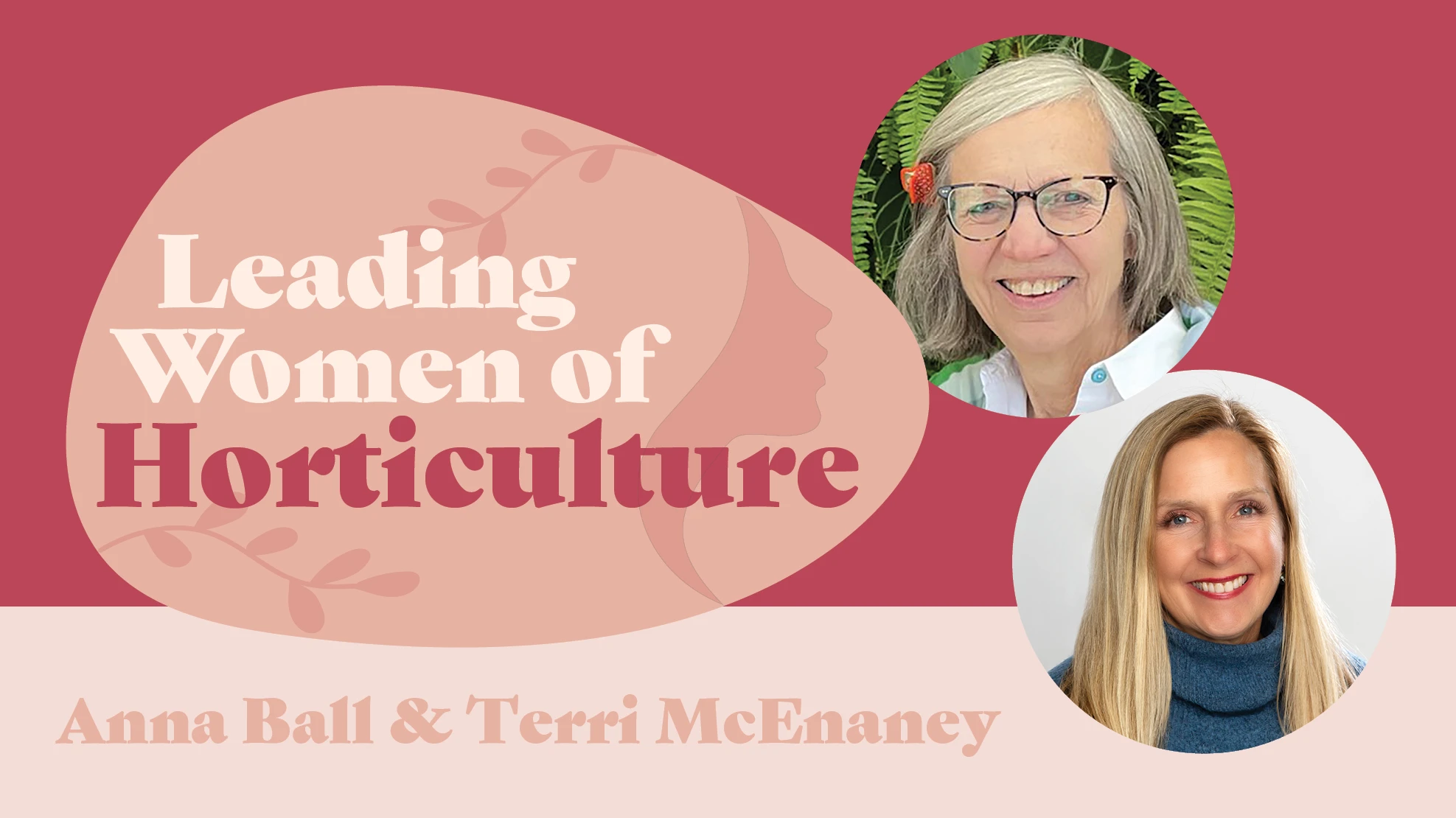

Growing vegetables vertically on trellises and other types of supports has never been more popular. The reasons are not hard to guess. First, it allows gardeners to grow more vegetables in less space. Second, it gets the vegetables off the ground where they are less susceptible to soil-born pests. Third, trellises add structure and order to the garden, giving it a more architectural, layered feel. And lastly, growing vegetables vertically is easy.
Nurseries can take advantage of the popularity of vertical vegetable gardening by creating focused displays that include prefabricated trellises and other materials for customers to make their own, as well as suggested vegetable varieties for growing vertically. You can also sell related materials, such as containers, potting soil, soil amendments, mulch and natural disease and pest control products for edible gardening. In the process, you help introduce your customers to a new way to grow vegetables and get more enjoyment out of gardening — something they won’t forget.
Trellis materials
Most nurseries sell prefabricated wooden trellises as well as some related materials like stakes, posts, string and lattices that customers can use to build their own vertical gardens. But by offering some additional components (as basic as nails and hinges), you can increase sales to the do-it-yourselfer. Add classes on how to make your own trellises, and you’ll have customers hooked.
Building your own trellis is not difficult and can open up one’s creativity. It may be as simple as tying some bamboo stakes together to create a teepee-like structure for growing beans. Portable, A-frame trellises are easy to make by constructing square frames from 2 inch-by-2-inch redwood posts, securing the corners with metal braces and connecting one side with appropriate hinges. The support for the vegetables can be string, crosshatched and tied to small nails along the posts for lighter vegetables like beans or peas. Netting or materials used for tomato cages also works. For heavier crops like melons or cucumbers, the support can be sturdier, made with metal fencing or concrete reinforcement wire anchored to the frame with u-shaped nails. If you use metal, the mesh should be wide enough to put your hand through for easy picking and also so the vegetables don’t get caught in the mesh and grow misshapen.
Vertical trellises can be attached to the sides of raised beds or supported by posts anchored in the ground. Some lattice fencing can double as a trellis. Small-space gardeners can also go vertical when growing vegetables in pots. Large containers like half barrels can support teepees for beans, and A-frame trellises can be placed between two long and narrow wooden boxes to support a variety of crops.


Vegetables that climb
The best vegetables for trellising are ones that climb or sprawl.
Here are some favorites:
Beans. Lightweight, fast-growing and wonderfully twining, pole beans are naturals for vertical gardening. They will easily climb more than 6 feet high on string, netting or thin bamboo stakes as support. There is a wide variety of types, both green and dried, to choose from. The teepee trellis, simply made by angling bamboo stakes and tying them off at the top, is a favorite for kids. Add colorful varieties, such as scarlet runner beans, for even more fun.
Cucumbers. Both pickling and slicing cucumbers are perfect for A-frame trellises. The dangling fruit stays clean and straight and is easy to harvest. You can also suggest that your customers use small wire cages or cylinders to trellis cucumbers in the ground or large pots (compact varieties are best). However, some gardeners prefer not to use metal supports with cucumbers because it may get too hot and burn tendrils or fruit.
Melons. Many types of melons, including cantaloupe and icebox watermelon, can be grown on sturdy A-frame trellises, but the heavy fruit will need a little extra support. Slipping sections of nylon stockings over the fruit when small, then tying a knot in one end and attaching the other end to the trellis is one way to support melons. The nylon expands as the melon grows. Another option is to cut cloth cradles and tie each side to the trellis.
Peas. The delicate tendrils of peas will attach to any thin material, including twine, netting, bamboo and metal. Choose vigorous varieties, but even some of the more compact types are best grown on a trellis. For a little color and fragrance, gardeners can mix in some sweet pea seeds.
Squash. We’re so used to bush varieties of zucchini we forget that there are sprawling varieties as well. Although the seeds may be hard to find, look for varieties like the heirloom ‘Trombocino’ or newer ‘Black Hawk.’ Miniature pumpkins can be grown on a trellis, but most winter squash is best left to grow in the ground.
Tomatoes. Tomatoes do not truly climb like other vertical vegetables, so more tying will be necessary, but indeterminate varieties need support of a cage, stake or other support, and this vegetable’s upright nature fits perfectly in a vertical vegetable garden.

Explore the June 2016 Issue
Check out more from this issue and find your next story to read.
Latest from Garden Center
- Society of American Florists accepting entries for 2025 Marketer of the Year Contest
- Sustainabloom launches Wholesale Nickel Program to support floriculture sustainability
- American Horticultural Society welcomes five new board members
- Color Orchids acquires Floricultura Pacific, becoming largest orchid supplier in U.S.
- American Floral Endowment establishes Demaree Family Floriculture Advancement Fund
- The Growth Industry Episode 3: Across the Pond with Neville Stein
- Proven Winners offers Certified Garden Center Training for staff education
- Digging In Association hosts inaugural Platinum Trowel Awards at winter conference








